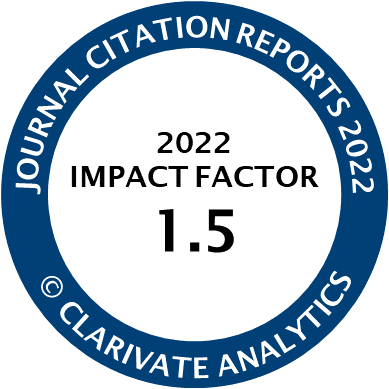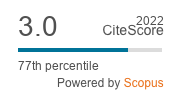Article | Open Access
Deaf Learners’ Experiences in Malaysian Schools: Access, Equality and Communication
| Views: | 3134 | | | Downloads: | 4257 |
Abstract: The Government of Malaysia has embraced international policy guidelines relating to disability equality, including the United Nations Convention on the Rights of Persons with Disabilities. Its aim is to ensure that 75% of children with disabilities are included in mainstream classrooms by 2025 as part of a wider agenda to eliminate discrimination against people with disabilities. Including deaf children on an equal basis in the linguistically diverse, exam-oriented Malaysian school system is an ambitious and complex task given the difficulties they face in developing effective language and communication skills. The data presented here are taken from a larger study which explored teachers’, head teachers’, parents’, and children’s experiences of inclusion through in-depth interviews in three Malaysian schools. The study design was informed by a framework developed in the UK to guide best practice of educating deaf children in mainstream schools and focused specifically on the learning environment. This article presents contrasting educational experiences of two deaf adults, and then considers the experiences of four deaf children in their government-funded primary schools. A series of inter-related dimensions of inclusion were identified—these include curricular, organisational, social, acoustic and linguistic dimensions, which impact upon children’s ability to communicate and learn on an equal basis. Poor maintenance of assistive technology, insufficient teacher training and awareness, inflexibility of the education system, and limited home-school communication are some of the factors constraining efforts to promote equal participation in learning. There are promising signs, however, of teacher collaboration and the creation of more equitable and child-centred educational opportunities for deaf children.
Keywords: cochlear implants; communication; deaf equality; deaf learners; deafness; hearing aids; inclusion; Malaysia; schools; sign language
Published:
© Khairul Farhah Binti Khairuddin, Susie Miles, Wendy McCracken. This is an open access article distributed under the terms of the Creative Commons Attribution 4.0 license (http://creativecommons.org/licenses/by/4.0), which permits any use, distribution, and reproduction of the work without further permission provided the original author(s) and source are credited.




